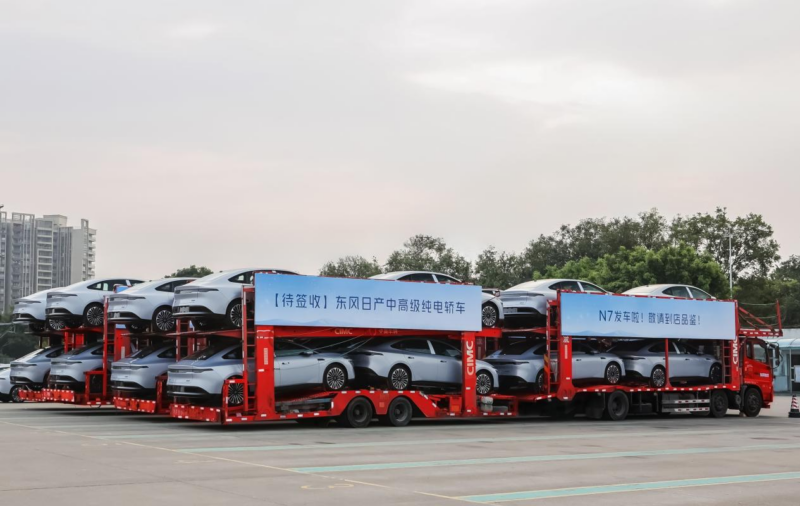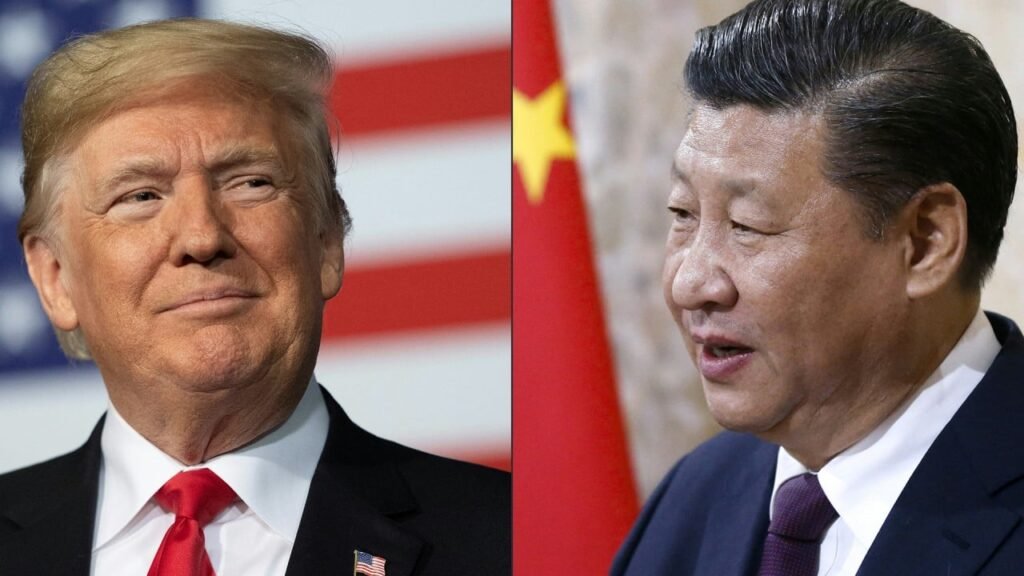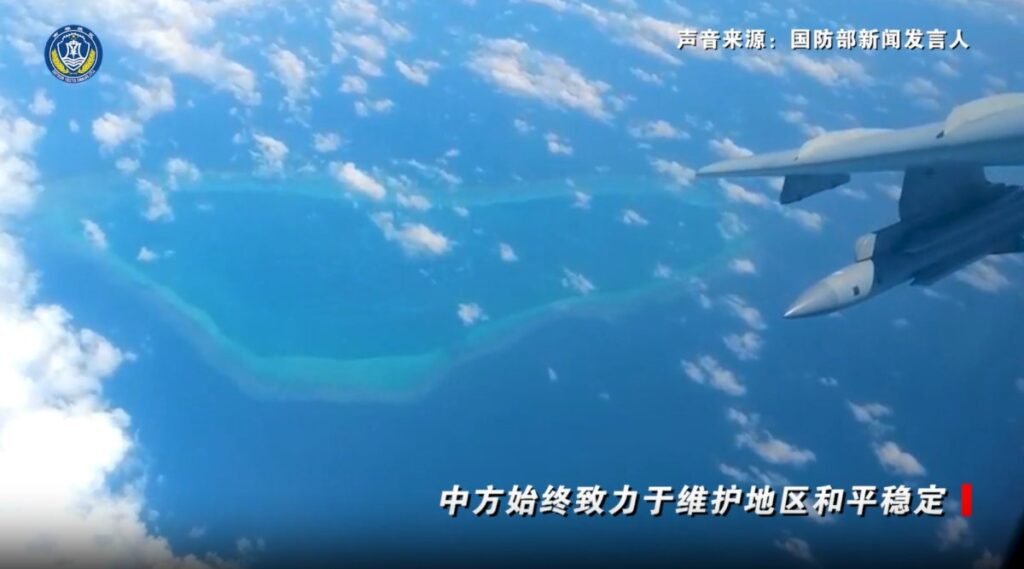U.S. ally the Philippines has confirmed the “possible transfer” of Japanese warships amid China’s growing military presence in the contested South China Sea.
Citing a government source, Japanese media reported on Sunday that the defense ministers of Japan and the Philippines discussed the warship export plan during a meeting last month.
Newsweek reached out to Japan’s Defense Ministry and the Philippine military for comment via email. China’s Defense Ministry did not immediately respond to a written request for comment.
Why It Matters
Both the Philippines and China have overlapping sovereignty claims in the South China Sea, particularly over Scarborough Shoal, which is controlled by Beijing as Huangyan Dao and claimed by Manila as Bajo de Masinloc, leading to frequent standoffs and clashes between their forces.
Facing China’s growing and powerful navy and coast guard—both the world’s largest by hull count—the Philippines has enhanced its naval power by acquiring newly built warships and second-hand vessels from its allies and partners, including former United States Coast Guard ships.
What To Know
In a statement released on Sunday, the Philippine Navy said it is preparing to inspect Japan’s Abukuma-class destroyer escorts following an invitation from Japan’s Defense Ministry, as part of discussions on the possible transfer of the ships to the Southeast Asian country.
Earlier in the day, Japanese media reported the possible export of the 2,000-ton Abukuma-class warships, a total of six vessels commissioned between 1989 and 1993, each armed with a 76 mm rapid-fire gun and surface-to-surface missiles (SSMs) for anti-ship missions.
The Philippine Navy said it will send a group of naval experts to conduct what it described as an “in-depth assessment” of the Japanese warships to guide further deliberations on the potential acquisition and its alignment with the country’s naval modernization efforts.
While Japan bans the export of lethal weapons, Tokyo is expected to treat the transfer as a “joint development”—a classification permitted under its principles on the overseas transfer of military equipment—as the warships would be customized for the Philippine Navy.

This undated photo provided by Japan Maritime Self-Defense Force shows an Abukuma-class destroyer escort.
Japan Maritime Self-Defense Force
If the warship transfer deal is eventually confirmed, it would mark a major milestone in the growing defense partnership between the two U.S. treaty allies. Japan previously delivered patrol vessels, maritime surveillance aircraft, and mobile radar systems to the Philippines.
Vice Admiral Jose Ma. Ambrosio Ezpeleta, chief of the Philippine Navy, told the specialist outlet Naval News that the earliest possible date for receiving Japanese warships is 2027.
What People Are Saying
The Philippine Navy said in a statement on Sunday: “Designed for anti-submarine and anti-ship warfare, the Abukuma-class destroyer escorts are known for their reliability and versatility, which align with the [Philippine Navy]’s operational requirements in protecting the country’s maritime domains.”
Vice Admiral Jose Ma. Ambrosio Ezpeleta, chief of the Philippine Navy, told Naval News: “We initiated the talks after learning about Japan’s plan to retire these [Abukuma-class destroyer escorts]…We need more floating assets. This will be a good addition to our capability to patrol and defend our maritime territory.”
What Happens Next
It remains to be seen whether the Philippines will make additional vessel purchases or request further transfers of second-hand ships from its allies and partners for its navy and coast guard.








